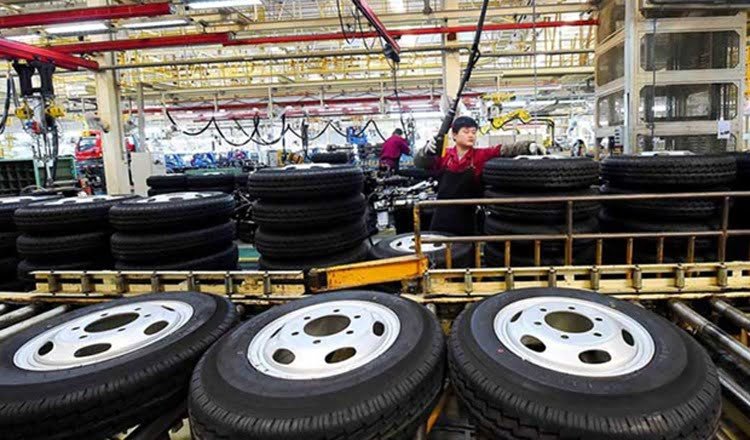The APSARA National Authority has officially concluded the restoration work on the southern central stairs and Naga balustrade located at the ground floor of the iconic Angkor Wat temple. This marks the end of the maintenance efforts that kicked off in May 2024, aimed at revitalizing one of Cambodia’s most treasured historical sites.
Details about the project completion were shared by the APSARA National Authority on social media on the 25th of August, 2024, highlighting the efforts taken to preserve the temple’s architectural integrity and ensure the safety of its countless visitors. Soy Sophearin, who oversees the Angkor Wat restoration projects, shed light on the condition of the site prior to the intervention. The Naga balustrade had been in a precarious state, having collapsed and deteriorated over time, which led to concerns about visitor safety due to the instability of the structure.
The restoration project was broken down into two critical phases to address these issues comprehensively. The initial phase focused on strengthening the platform on which the Naga balustrade rests, ensuring it would provide the necessary support. Subsequently, the team shifted their attention to the meticulous task of repositioning the Naga balustrade, aiming to mirror its original placement accurately.
Launching on the 15th of May, 2024, and wrapping up precisely three months later, the project has now reinstated the structural integrity and aesthetic of the southern stairs and Naga balustrade. Sophearin shared his positive outlook on the results of the restoration, expressing confidence that the site can now safely welcome visitors, dispelling previous concerns about the potential for collapse. The restoration team utilized carefully chosen techniques designed to extend the lifespan of these elements significantly.
Furthermore, the APSARA National Authority is looking ahead to future restoration projects. The organization is in the process of evaluating additional sections within the archaeological area that might benefit from similar restoration efforts. By doing so, they aim to continue their mission of preserving and enhancing the historical and cultural legacy of Angkor Wat and other indispensable archaeological sites for future generations.
Source: Fresh News









